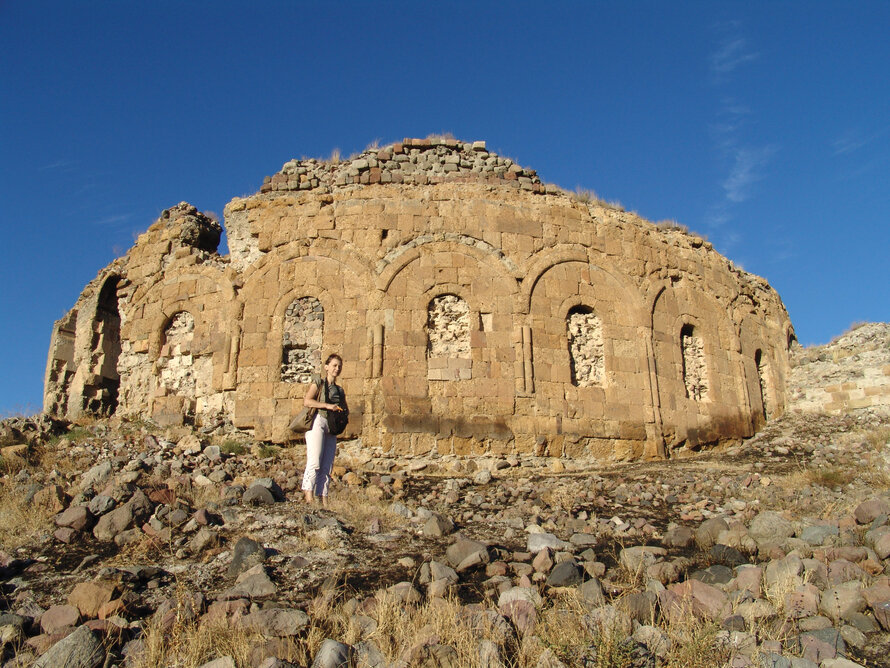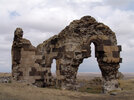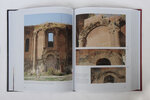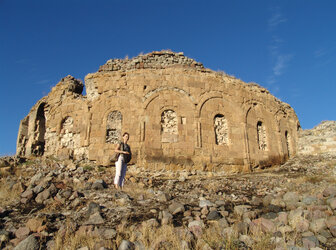Church architecture of the 7th century in Transcaucasian countries
This entry is a four-volume survey of the church architecture of the 7th century in countries of the South Caucasus (in particular what is now Georgia and Armenia). The author's research was carried out through the State Institute of Art Studies in Moscow. It comprised, first, ...
Read more
Project details
| Title: | Church architecture of the 7th century in Transcaucasian countries |
|---|---|
| Entr. year: | 2014 |
| Result: | Award |
| Country: | Russian Federation |
| Category type: | scientific publication |
| Building type/ Project type: | religious building |
| The Jury's citation: | "The Jury was impressed by the topical relevance of this scientific research and analysis. The study covers the complex development of Christian architecture of the South Caucasus during the 7th century and defines the chronology and the shaping of the principles of medieval iconography in the architecture of the region and elsewhere in Europe. The rigour of the methodology and the depth of the conclusions of this research were exemplary" |
Description:
This entry is a four-volume survey of the church architecture of the 7th century in countries of the South Caucasus (in particular what is now Georgia and Armenia). The author's research was carried out through the State Institute of Art Studies in Moscow. It comprised, first, the collection of materials to compile a catalogue of all the monuments, and second, analytical study of the aspects observable within the architectural traditions. The final results have determined the genesis and categorisation of architectural types and creative elements within the tradition, and the resulting impact on reconstruction and conservation policies in the region will be significant. The South Caucasus region is of course a complex one, comprising several present-day states whose relations are not always harmonious. Uniform conservation practices are therefore particularly difficult to achieve, but the research indicates that there was a distinct level of uniformity across the region in church architecture of the period. The research differs from earlier work in structuring its material on the basis of chronology, as opposed to typological or alphabetic principles, and the respective catalogues of monuments reflect this approach.





